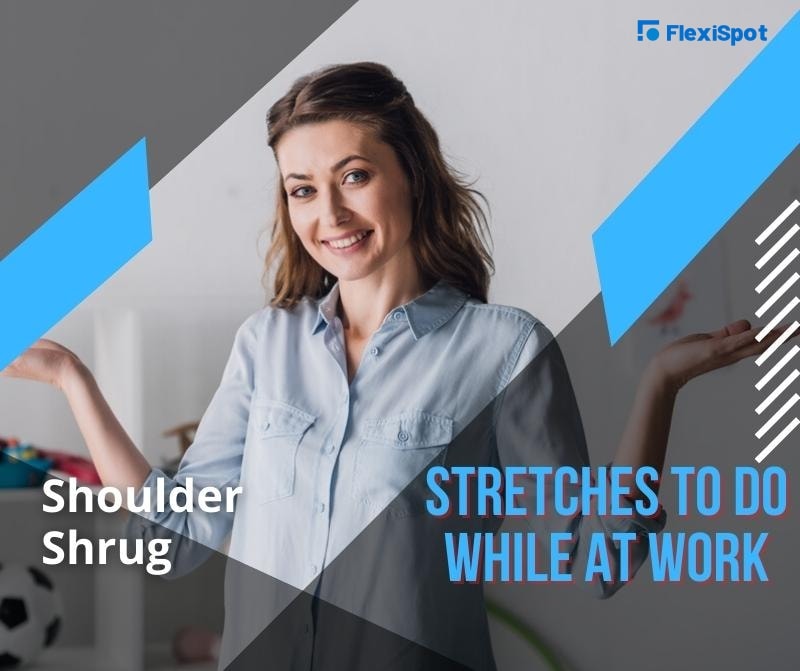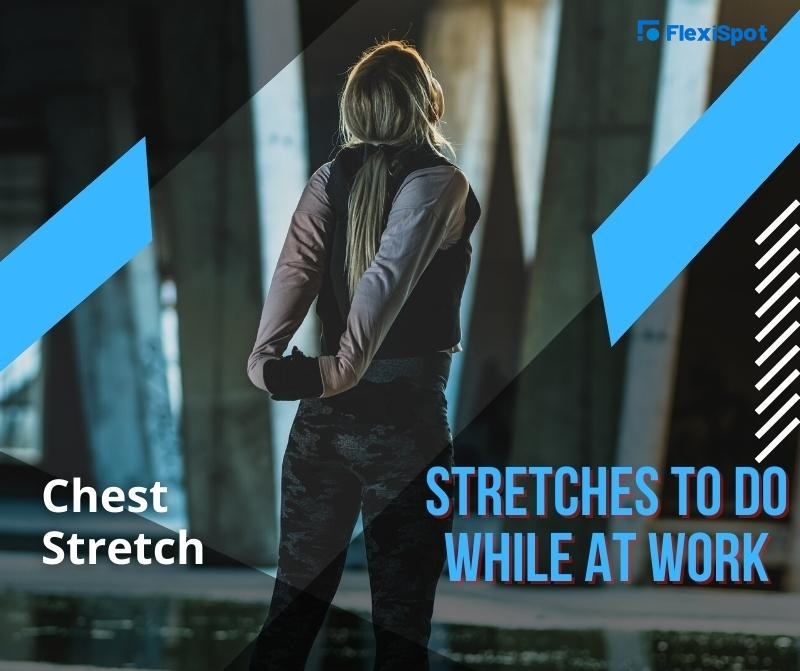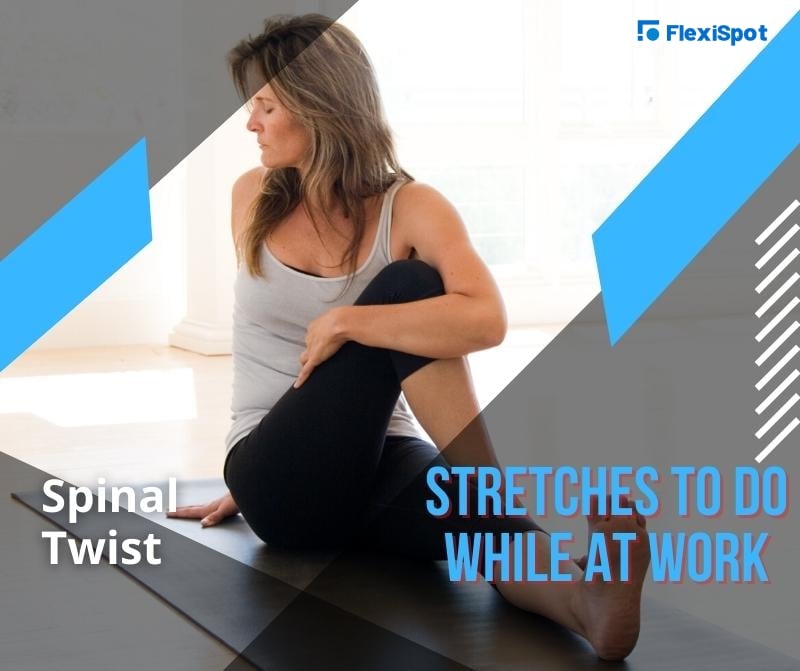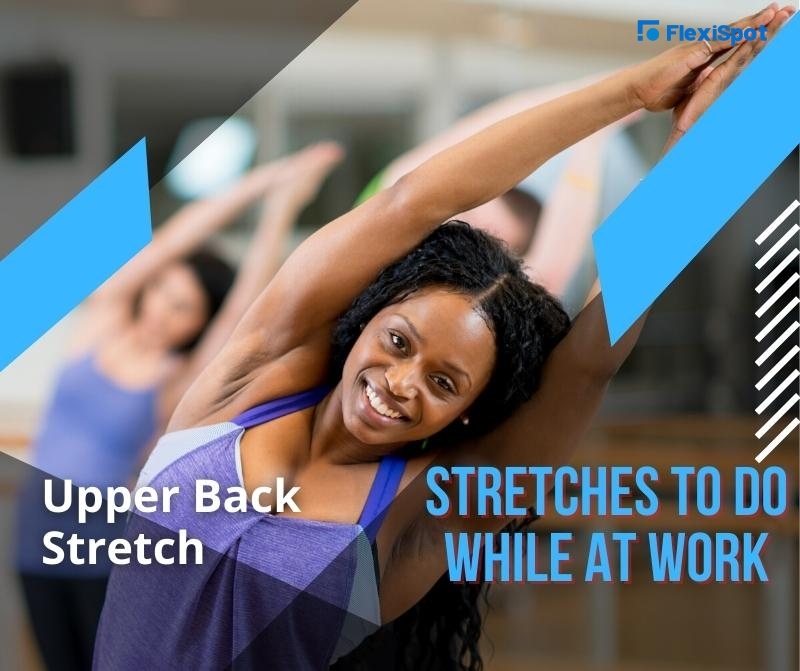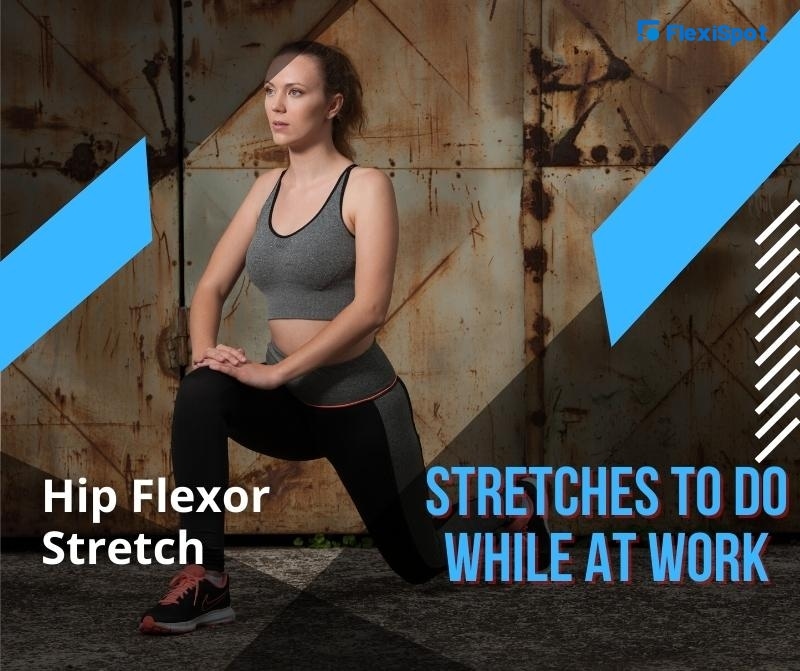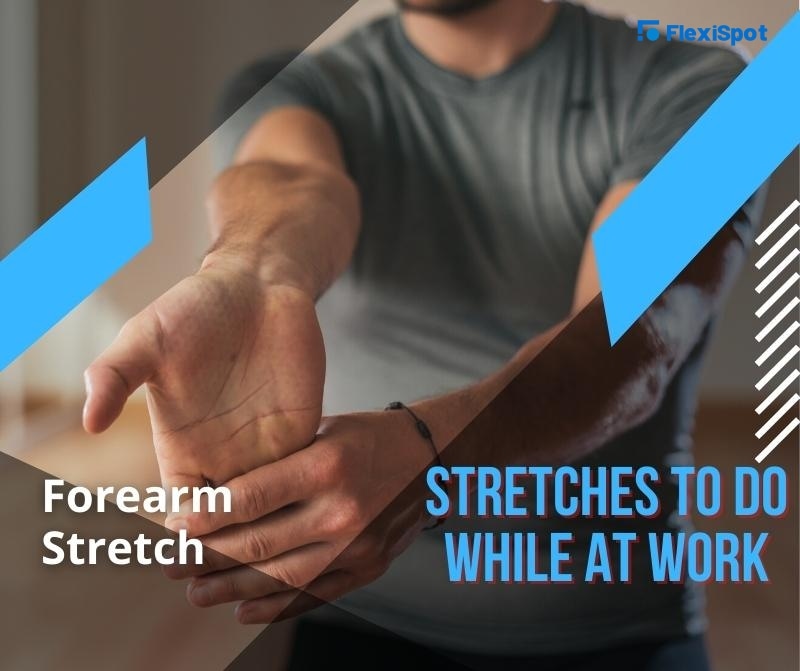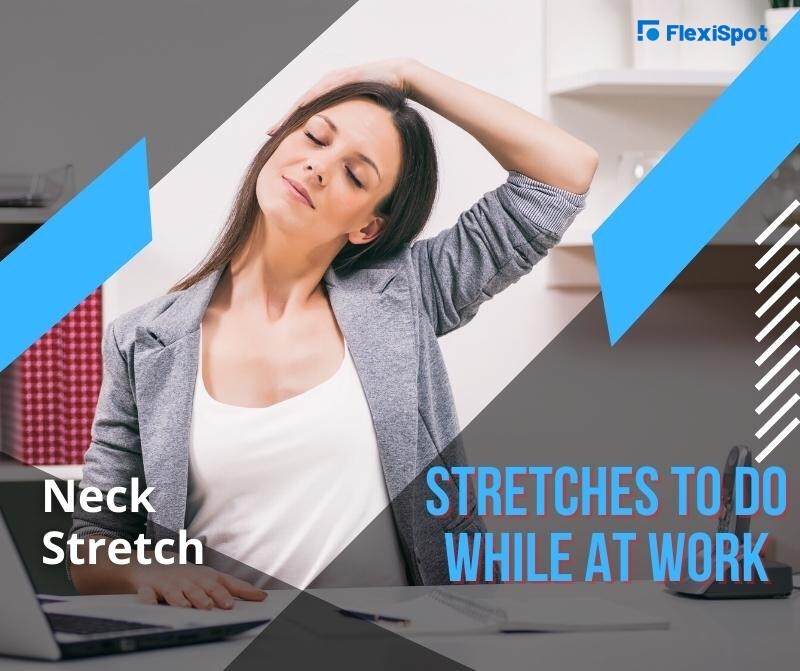When you sit every day for your desk job, your body can eventually suffer from various health conditions. You are at greater risk if you don’t have an ergonomic work set-up in place and just settle in sitting down for hours on end. This same position throughout the day may result in hunched shoulders, pain in the back, neck, and shoulders, headaches, and other body pain.
There are ways to decrease this pain including, as mentioned above, investing in ergonomic furniture and regular stretching. At random times of the day, you should take a break, stand, walk around, or simply stretch to be more productive. When you explore various movements, your eyes will be less subjected to strain and your body will feel more comfortable.
When you stretch regularly, your body becomes more flexible. There are stretches that focus on the hips, glutes, neck, shoulders, and back. What you can do is to set an alarm on your phone every 45 to 55 minutes to remind you to stretch. You should hold the stretch for at least 15 seconds before moving to another body part. If you feel pain, unbearable tension, or discomfort, then it’s a sign to avoid that particular exercise. Do all of these repeatedly throughout your workday.
1. Shoulder Shrug
Every day, you type a lot on your keyboard and click with the moss. These movements, albeit small, cause some stress and tension on your shoulders and neck. You might not even realize it but you are most likely hunching which makes your shoulder muscles tighter with tension. The objective is to let the blood flow so your shoulders wouldn’t be so tense.
Whether you’re sitting or standing, raise your shoulder up to the ears and squeeze as hard as you can. Hold the shrug for one or two seconds then roll the shoulders back when you’re relaxing. Repeat this for 8 to 10 times before rolling the shoulders forward.
2. Chest Stretch
As mentioned, most people do not notice that their shoulders are hunched forward when working. This is why stretching your chest and shoulders can help.
Lace your fingers together and put your arms behind you or you can put your arms behind you without lacing the fingers together. Afterward, straighten your arms and lift your hands a bit until you feel your chest widening. Hold this position for 10 to 30 seconds. Note to not do this if you have shoulder problems.
Another way is to hold a resistance band overhead. You may also try to go near a door and put your forearms on whichever side of the door. Press forward until you feel that your chest is stretched.
3. Spinal Twist
Your lower back is also affected by prolonged sitting. A twisting stretch will help get rid of any tension. But please only rotate a little until you feel that stretch.
Put your feet flat on the floor, tighten your abs, and rotate your torso towards one side. Deepen the stretch by holding on to the armrest of your chair. Twist only up to a comfortable position and make sure your back is straight the whole time. Your hips should keep square. Once you’re in a twisted position, hold it in for 10 to 30 seconds before moving on to the other side.
4. Upper Back Stretch
The upper back also feels some strain when working on your desk. Shoulder shrugs will improve your blood circulation while an upper back stretch will stretch your muscles between your two shoulder blades, traps, and shoulders.
Stretch your arms out in a straight position and rotate them in a way that your palms will face away from each other. Press your palms together by crossing your arms. The abs should be contracted and the back round while you reach away to relax your head.
Hold this stretch for 10 to 30 seconds. You may also lace your fingers together if twisting your arms causes discomfort.
5. Hip Flexor Stretch
The front of the hips is also tightened when you sit for long hours and don’t move that much. The glutes will stretch and the hip flexors are shortened, leaving you feeling tight and in need of some stretching. This particular stretch will get you up from your chair which is great so that you can take a break from sitting.
Stand up. Put your right leg at the back and then bend your right knee, almost in a lunge position. Lower both of your knees until you feel the front of your right hips stretched. Deepen the stretch by squeezing the glutes of the back leg. Like the other stretches, hold this position for 10 to 30 seconds before repeating it on the other side.
6. Forearm Stretch
Try stretching your forearms and you would feel how tight they are from typing the whole day. This will help stretch the muscles in your forearms and wrists.
Point your fingers towards the floor by stretching one of your arms out and turning the hand down. Gently pull the fingers towards you by using your left hand. Do this for 10 to 30 seconds before doing it again on your other hand.
7. Neck Stretch
When you just let your neck tense up, it could cause you to feel headaches and upper back tension. You might not notice but you may be one of many who drops his or her head forward when working on a desk. This puts pressure and stress on your neck muscles. The head can even weigh up to 11 pounds so imagine how heavy that feels for your neck.
What you have to do is sit on your chair and reach down and grab a side of it with your hand. Pull it when you tilt your head to the left and feel a stretch down the right side of the neck and shoulder. Hold this position for 10 to 30 seconds and don’t forget to repeat it on the other side.
We hope that these stretches help make you feel better and work more efficiently on a daily basis!
